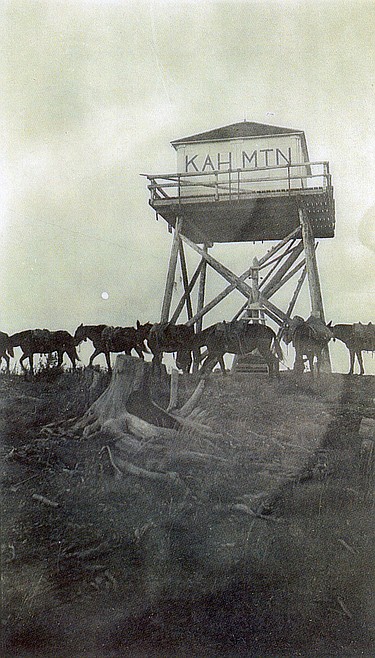Project aims to preserve oral history of fire lookouts
When Beth Hodder was asked in 2016 to help preserve the living history of those who staffed the fire lookouts in Northwest Montana, she had no idea of the great journey that was ahead of her.
As a board member of the Northwest Montana Lookout Association, Hodder already was volunteering her time to help preserve the aging fire lookout towers on mountaintops around the area, but this new project provided a chance to help preserve their history in a different way...
Support Local News
You have read all of your free articles this month. Select a plan below to start your subscription today.
Already a subscriber? Login
Daily Inter Lake - everything
Print delivery, e-edition and unlimited website access
- $26.24 per month
Daily Inter Lake - unlimited website access
- $9.95 per month














